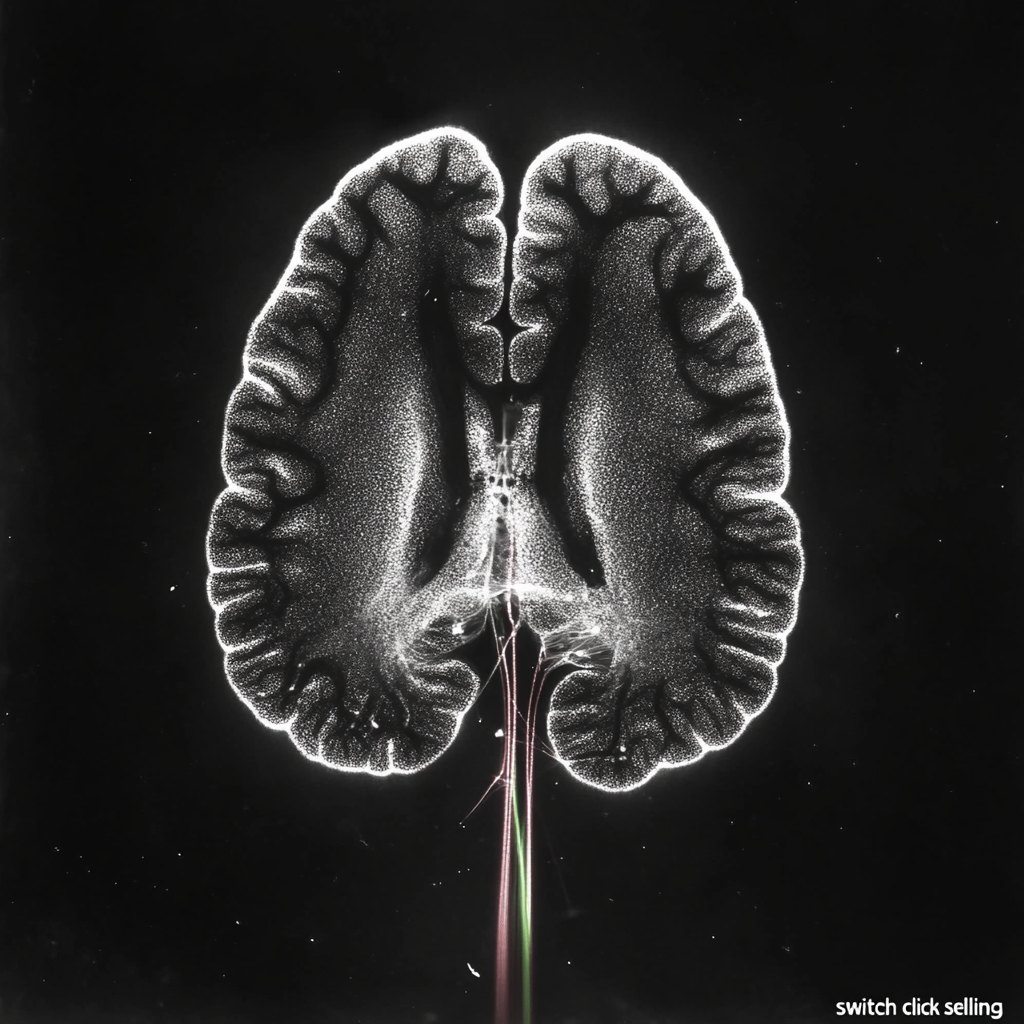A new study is changing how we think about conscious awareness.
(Link to the research in the comments.)
Until recently, most neuroscientists believed that conscious perception—our recognition and experience of the world—originated in the prefrontal cortex, the front part of the brain responsible for reasoning, decision-making, and planning.
But… new findings are shedding light on a different mechanism.
Using direct neural recordings from human brains (a method known as sEEG – stereo-electroencephalography), researchers uncovered something surprising:
👉 The thalamus, a small structure deep within the brain, lights up before the cortex—exactly at the moment something enters our conscious awareness.
In other words:
It’s the thalamus that flips the “switch” of consciousness first. The cortex responds after.
This discovery reshapes our understanding.
Consciousness doesn’t arise at the brain’s surface—it ignites from within. The thalamus doesn’t just relay information—it drives it. It acts as a gatekeeper, deciding what deserves to enter our awareness.
🧠 When we see something—a flash of light, a flicker of motion—it doesn’t instantly become a thought.
First, our inner alarm system reacts, deeper in the brain.
Studies show the thalamus and cortex synchronize at the very moment we become aware of something.
It’s like two musicians hitting the same note at once—that’s when the melody of consciousness becomes audible.
🎵 Put simply:
It’s not enough for information to reach the brain.
There has to be a “click” between the thalamus and cortex for us to truly experience it.
⸻
What Does This Mean for Sales and Marketing?
It means the path to a customer’s awareness is shorter, deeper, and more instinctive than we think.
It’s not just rational arguments that turn on the light of awareness.
Something deeper must react first—attention, emotion, a signal that something matters.
Only then does reason kick in.
That’s why:
👉 A message must move before it informs.
👉 Form (color, rhythm, imagery) often arrives before content.
👉 The effect must be physical—enough to make the customer flinch, pause, feel.
Because when we’re “selling” an idea, we’re not speaking to logic—we’re speaking to attention. To instinct. To that inner click that lights up awareness.


